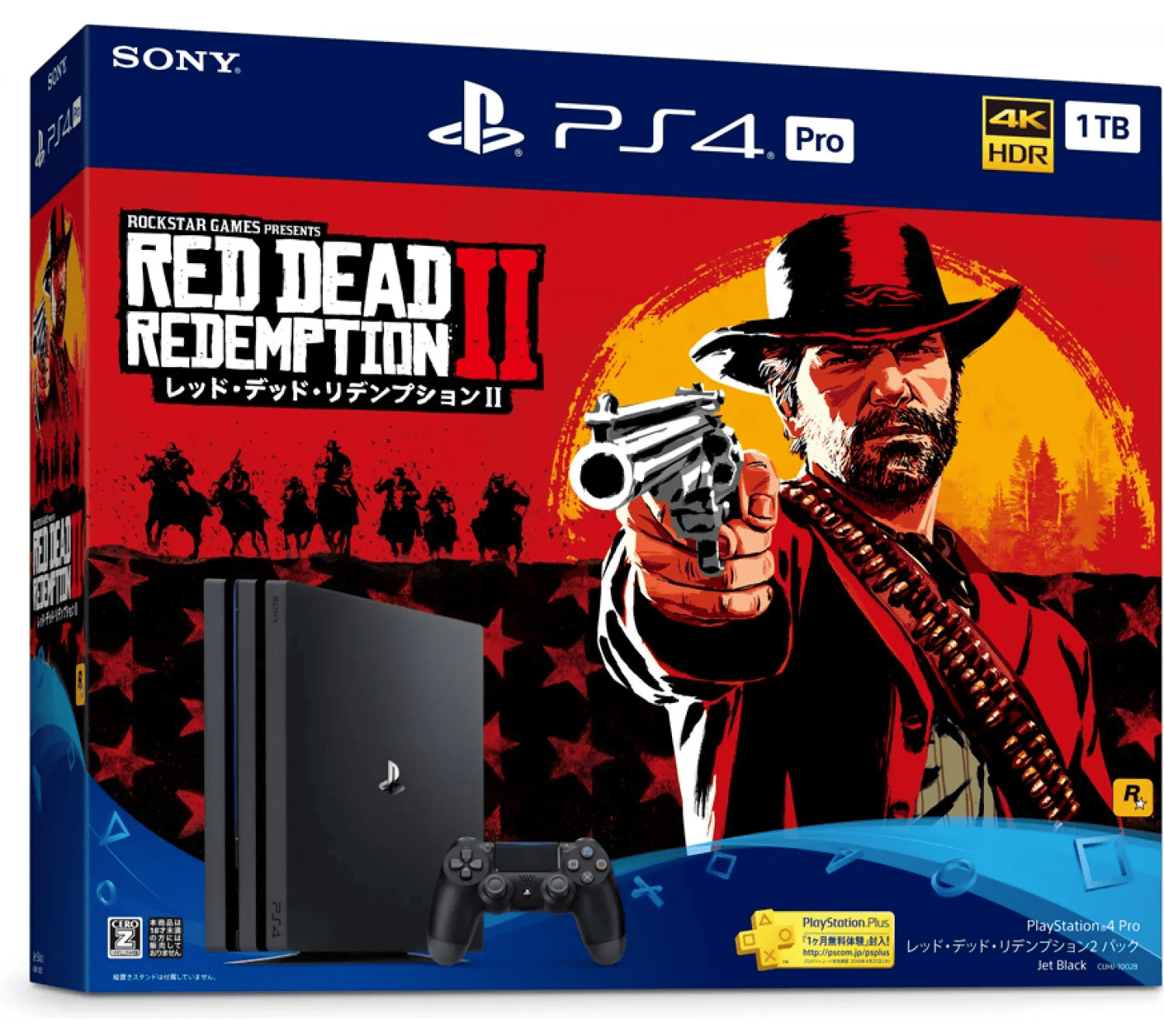Many companies offer their customers complementary products. Just the name alone conveys something nice enough to attract nearly any audience.
If your business doesn’t yet issue complementary goods but you’re contemplating doing so for your next campaign, we highly recommend you keep reading.
In today’s article, we’ll define what a complementary product is and share some excellent examples.
Table of Contents
What Is a Complementary Product?
A complementary product is a bonus to the main product that a customer purchases. It’s an add-on.
The purpose of a complementary good is to add value to the main product and make it more efficient.

We’ll have plenty of examples later, but we’ll include one now as well.
Let’s say that your customer bought a smartphone. The SIM card would be complementary.
As that implies, a complementary item is rarely very useful on its own.
You could always sell a SIM card individually, but it won’t perform as well compared to a SIM card that’s sold as a complementary addition to a phone. Although, eSIM cards are slowly being introduced to the market, there’s still no denying that a SIM card is always complementary to a smartphone.
The most obvious reason to introduce complementary goods into your roster of products and services is to increase sales.
Bundling items together might inspire a customer to consider the bundled items even when they usually wouldn’t.
That’s especially the case if the main item in the bundle is something they really want.
That said, we must talk about a concept known as negative cross elasticity of demand.
You see, the value of all products operates under the basic rules of supply and demand.
With negative cross elasticity of demand, the price of the complementary item will increase as the demand for the main item increases.
However, the price of the main item cannot increase without hurting the demand for the complementary item.
So let’s go back to the phone and SIM card example.
Your audience doesn’t necessarily know the price of a SIM card sold on its own, so if it’s priced higher, that doesn’t always cause the consumer to change their mind about purchasing it.
However, they know what a smartphone is priced at because they buy phones semi-regularly. If the price of the phone goes up as part of a bundle with a SIM card, that can turn some consumers away.
That’s negative cross-elasticity of demand in action.
Read also: Return on Sales — Does Your ROS Make Sense Yet?
6 Day-to-Day Examples of Complementary Products
Are you wracking your brain trying to determine what would be suitable complementary products for your small business to sell?
The following examples will help you begin brainstorming.
Keep in mind that these examples aren’t aimed at any one industry and instead represent a variety of industries.
Thus, while none may suit your small business specifically, the point of the examples list is more to inspire you.
1. Pancakes and maple syrup
While you can put many things in your maple syrup, such as fruit, butter, or whipped cream, the consensus is that pancakes and maple syrup go together the most naturally.
Thus, if your small business sells homemade pancake mix, you might bundle the mix with a bottle of your most delectable organic small-batch maple syrup.
2. Video game consoles and games

This is a very classic example of complementary products that you’ll see all the time if you’re into video gaming.
When a new game console comes out, it usually comes bundled with at least one game. This increases the value of the bundle.
Now the customer has everything they need to play right out of the box, including the console, controllers, and one game.
Read also: How to Maximize ROI With Strategic Product Placement
3. Snowboards and snowboard boots
In the same vein is the following complementary product example.
If a customer is coming into your store (or shopping online) for a snowboard, then you can reasonably assume that they’ll also need snowboard boots.
4. Movies and popcorn

You could nosh on a lot of snacks when watching a movie, but popcorn is the universally accepted one.
That’s why, when movie rental stores still existed, many would offer free popcorn with your movie rental.
While that’s not a complementary product since the popcorn was free, you can see how a movie and popcorn bundle would be very complementary. People want to eat popcorn while watching a movie!
5. DVDs and DVD players
This next example is akin to buying a video game console and getting a video game as part of the bundle.
If your customers are interested in a DVD player, then you’re assuming it’s because they don’t have one.
They’ll find a DVD movie bundled in with the player a better value for their money than buying a DVD player alone.
Even if your customer is replacing a broken DVD player, an additional movie to add to the collection is always nice.
PS: We know DVD players are out of fashion. This is just a good example 🙂
Read also: How Your Business Can Grow Sales Using Persuasive Advertising
6. Printers and ink cartridges
Office supply stores often sell printers and ink cartridges together as complementary goods.
Ink cartridges on their own are not worth much, and a printer needs the ink to work.
Packaging these two together goes as naturally as peanut butter and jelly.
Conclusion
Complementary products are those where the secondary product complements the first and is thus usually sold in a bundle. However, the complementary good is not as useful on its own as the main product is.
Since selling complementary goods is a great way to positively impact your business’s bottom line, we hope this post gave you some great ideas for what you can begin selling as a complementary bundle!
